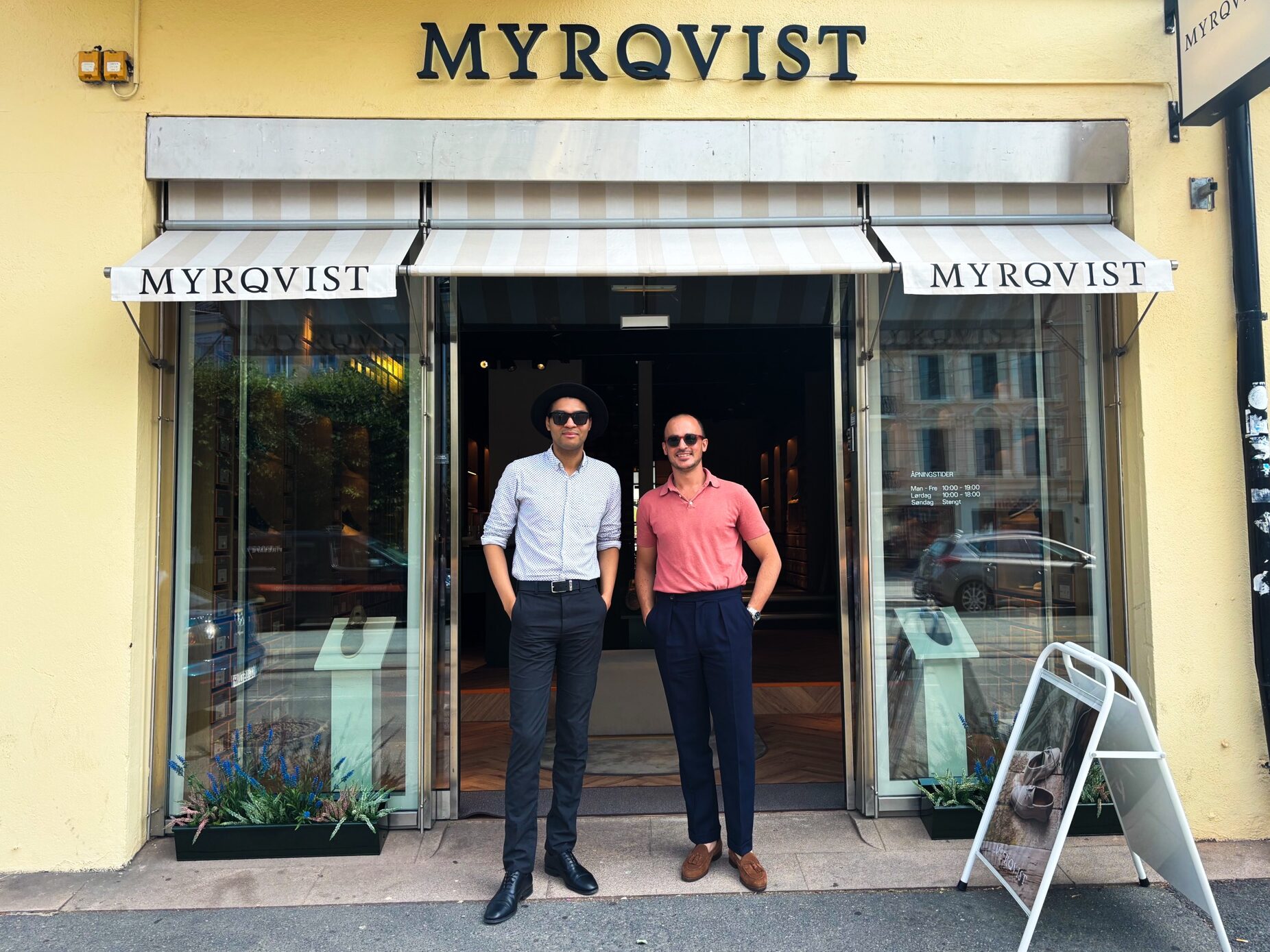Last week, I had the chance to visit the new Myrqvist store that opened in May in Oslo, on Valkyriegata. I spent some time there and had a great conversation with the store manager, Rafael, who helped me understand a lot more about this brand that’s often mentioned among shoe enthusiasts. In this article, we’ll look at the story behind Myrqvist, what sets it apart from other shoemakers, and why its arrival in Oslo has stirred so much interest. Just take the well-attended opening party and all the local buzz among menswear followers as proof.
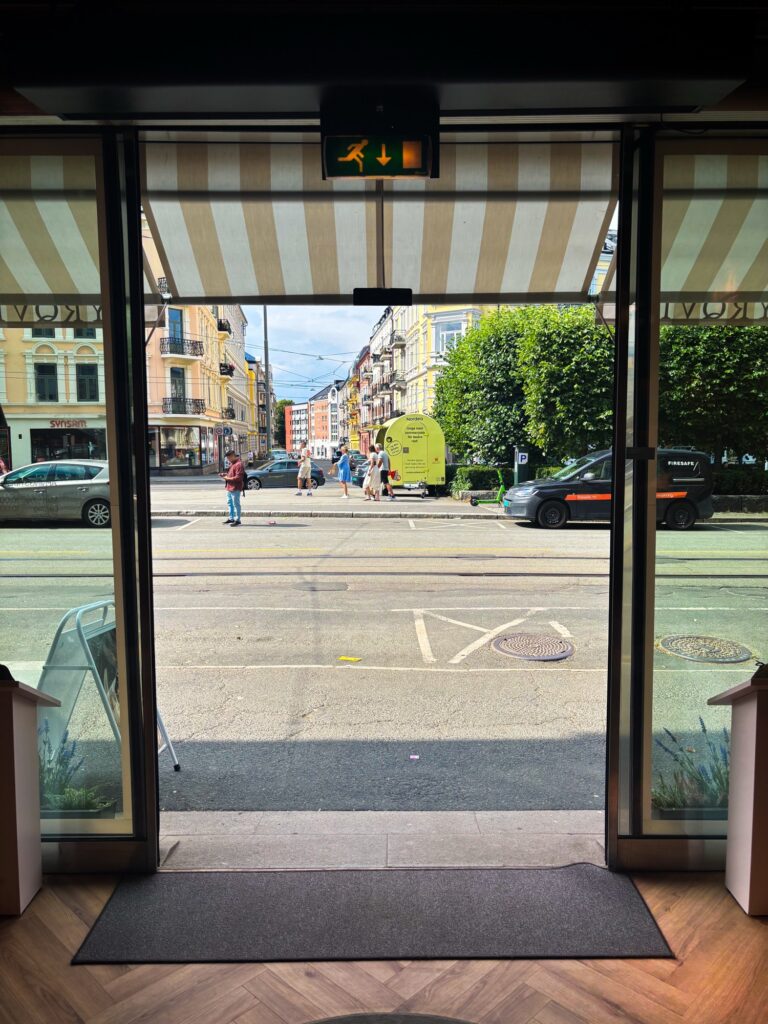
Meet Myrqvist
Myrqvist is a Swedish footwear brand founded in 2016 by Sebastian Öhrn whose goal was simple: to offer quality shoes at prices that made sense—something that was missing in the market. By removing middlemen and selling directly to customers through their Stockholm flagship and online shop, Myrqvist has been able to offer premium shoes at more accessible prices, with most models priced around 3,500 NOK now. The strategy? Sell direct, keep marketing to a minimum, and let the product speak for itself. For people like me, who care more about construction and design than glossy campaigns, that approach makes sense. According to the Oslo store manager, the brand has found a following in the city’s finance world. It was recently featured in Finansavisen—a good sign that word of mouth is doing its job.
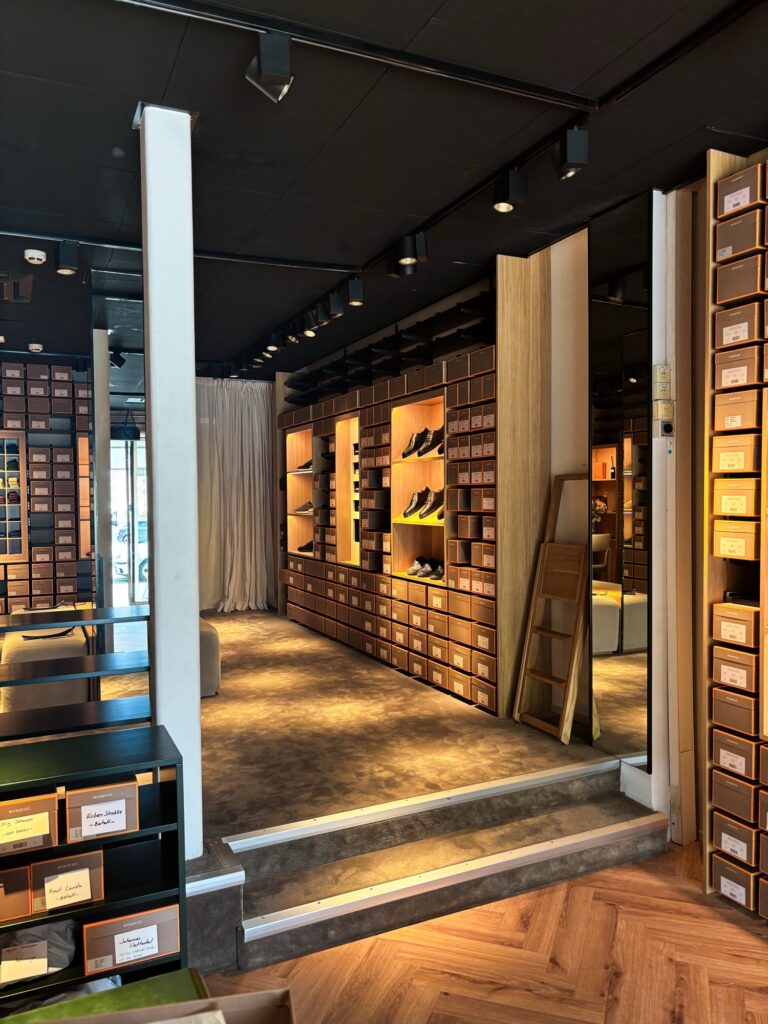
The shoes are designed in Stockholm and handcrafted in Portugal using high-quality European materials. Most models feature Goodyear-welted construction, allowing for easy resoling and long-term durability. While they initially sourced leather from esteemed tanneries such as Tanneries du Puy in France and Charles F. Stead in England, some sourcing has since changed: today, the calf leather is sourced from Serbia and the suede from Italy. Nonetheless, all materials remain of European origin.
“The feedback I got was that we were missing something like this in this area.”
Myrqvist combines Swedish design with traditional craftsmanship, offering a tight range: Oxfords, Derbies, loafers and even formal shoes like opera pumps. The brand doesn’t aim to reinvent the wheel—it focuses on proven shapes, subtle details, and a balance of formality that suits a broad range of wardrobes.
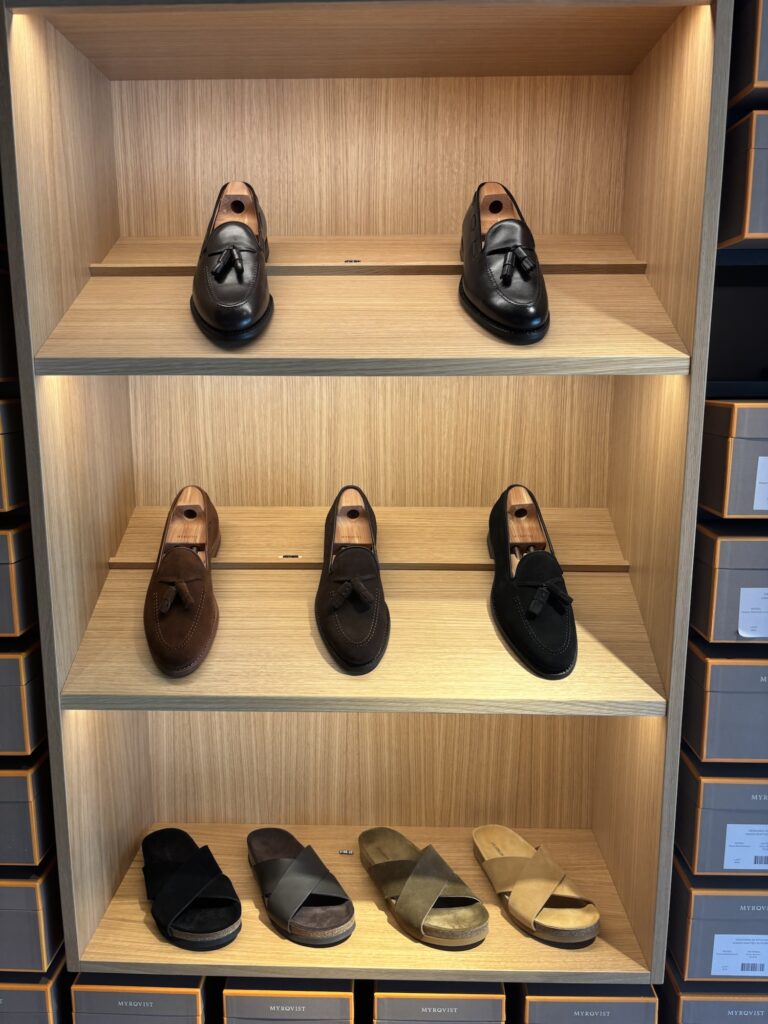
Their dedication to quality, affordability, and timeless design has earned them a loyal following and positioned Myrqvist as a notable player in the global footwear market. Rather than chasing fleeting trends, they concentrate on timeless designs that have already proven their worth. They don’t overwhelm with options, but what they do offer, they execute with care.
Instead of novelty, Myrqvist refines essentials. Their collection is clear, measured, and enduring. This simplicity, combined with strong construction and fair pricing, has garnered growing recognition in international circles.
The truth is, finding good formal shoes is harder than it should be. You often have to choose between overpriced designer pairs, cheaply glued shoes made from poor leather, or something aggressively “modern” that won’t age well. Myrqvist fills that middle ground: quality construction, clean designs, and pricing that allows more people to step into well-made shoes without making a luxury-level commitment.
Unlike some big English, Italian or French houses, Myrqvist doesn’t rely on heritage stories. There’s no dusty workshop narrative or romantic tales of generations past. Instead, it asks a practical question: what if you could have Goodyear-welted shoes made with premium European materials—without the markup? It’s a compelling offer, and one that seems to resonate from Stockholm to Oslo and beyond.
Interestingly, the team expected sneakers to be the best-sellers in Oslo, assuming Norwegians would lean toward comfort and casual styles. But it turns out their suede penny loafers have taken the lead instead—a pleasant surprise. Hopefully, this subtle move toward more thoughtful footwear keeps growing, giving everyone in Norway more quality options to choose from.
“It’s the loafers, especially the penny loafers. These are the ones performing the best”
The Quality
Made in Portugal, with leather sourced from Serbia and Italy, the collection is predominantly Goodyear-welted. Shifting production to Portugal is a thoughtful choice—this country has quietly become the preferred home for many quality brands. With its skilled factories and deep-rooted craftsmanship, Portugal has earned a well-deserved reputation as a center of excellence in footwear manufacturing. At first touch, the leather reveals its high quality.
The range includes both full-grain leather and suede, primarily in rich tones of brown and black.
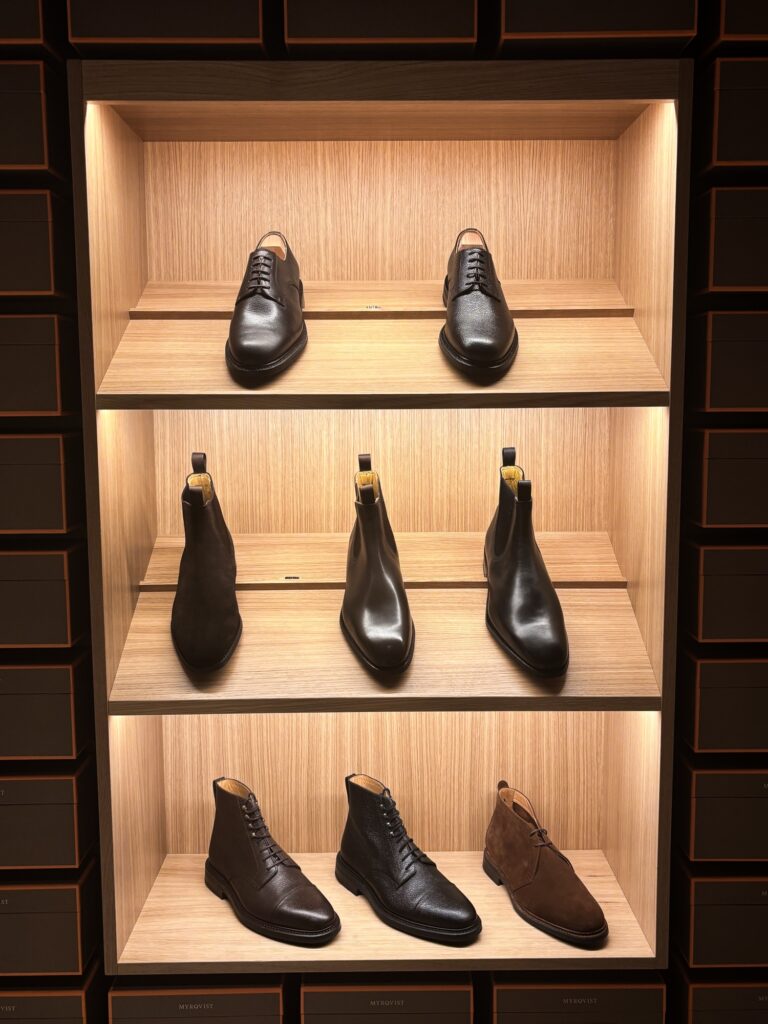
Most models come with Goodyear-welted soles and are available with either rubber or leather soles. Personally, I prefer rubber, especially here in Oslo. They require less immediate care and handle winter conditions better. You need to add a protective rubber soler on leather soles, which can be tricky given how few cobblers are available locally—and they tend to be busy. For walking in snow or slush, rubber soles are the smarter choice.
The Design
Myrqvist offers every kind of formal shoe a man might need. The designs are classic, with a slight rounding to the toe—a subtle English influence that allows them to move effortlessly between formal and casual. Their loafers, for instance, work well with jeans and a shirt or with tailored trousers and a blazer.
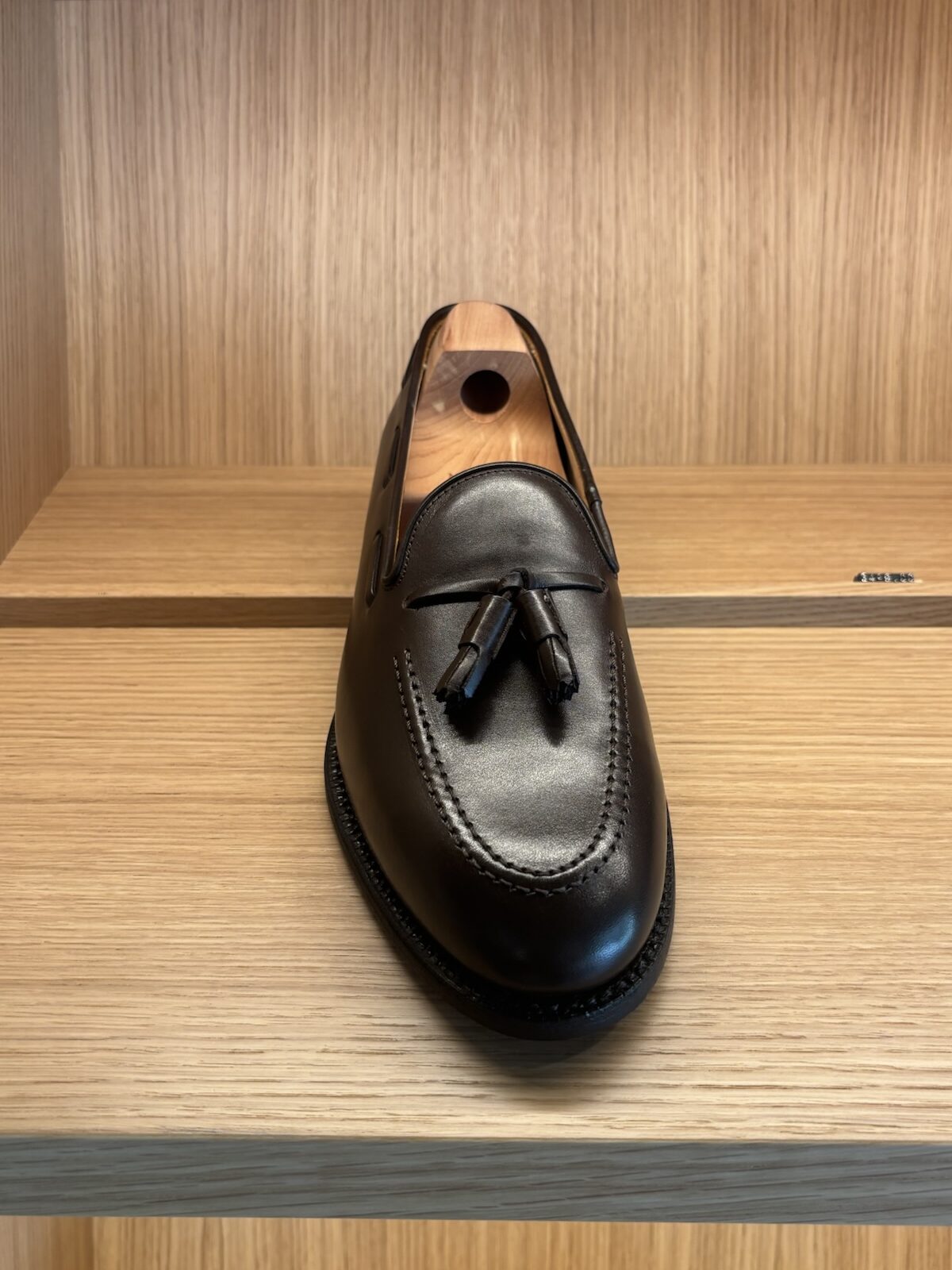
Some models are more expressive—the Karlsberg horsebit loafers and the opera pumps come to mind. They’re still grounded in tradition, but they add something elevated without feeling showy. I appreciate this kind of variation. Formal, yes—but never stiff.
Waht’s more, for around 5,500 NOK, you can order a made-to-order pair. Choose a model, pick the leather and the sole, and even add a monogram if you like. It’s more of an investment, but it gives you something unique. You can go classic—say, a brogued Oxford—or take the opportunity to create your ideal horsebit loafer.
In Closing
All that to say—I gave in. I bought a pair of Karlsberg horsebit loafers in black calf. Once I’ve worn them enough, I’ll share a detailed review here. I’ll give the leather time to soften, the sole a chance to shape itself to the rhythm of walking, and then return with thoughts on quality, construction, and how they hold up in everyday use. A few weeks should be enough to judge whether they live up to the promise.
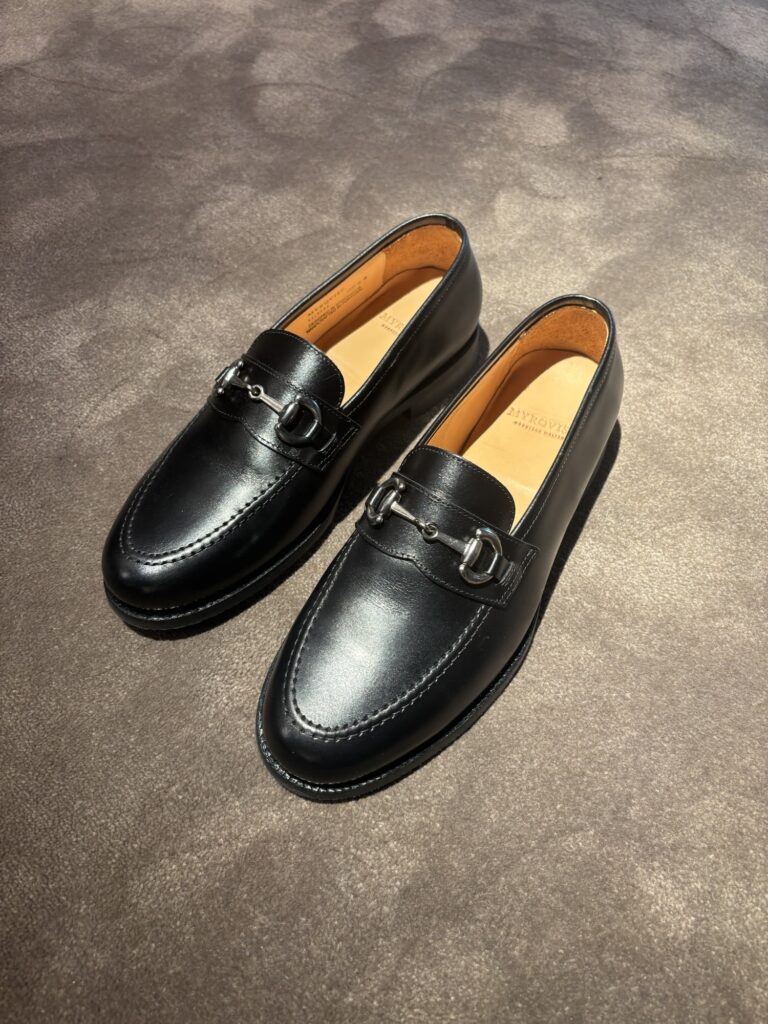
In the following article I share a conversation with Rafael, the manager of the Myrqvist store in Oslo. He offers a look behind the scenes of the brand, its dedication to craftsmanship, and what makes its approach to shoes stand apart. It’s an opportunity to hear directly from someone who lives and breathes the details of well-made footwear every day.
